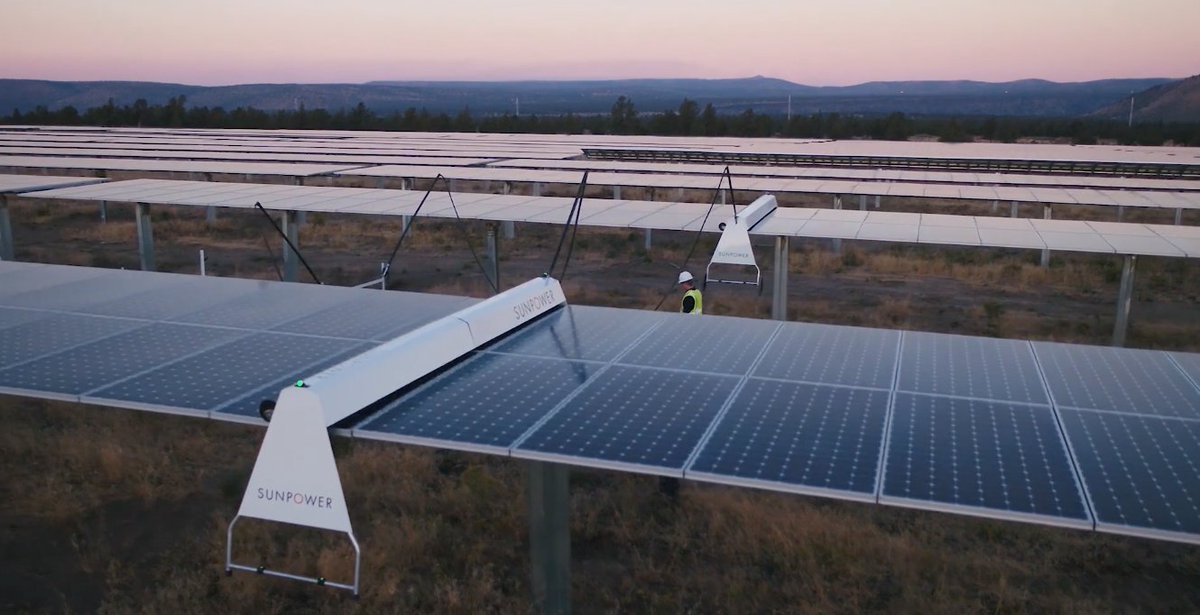
Rural Electrification and Renewable Energy Corporation (REREC) intends to employ 165 staff to build capacity and strengthen its new status.
The REREC Chairman, Prof. Simon Gicharu said the new body was determined to effectively discharge its mandate and ensure Kenya realize clean energy and achieve the Big Four Agenda and Vision 2030.

Prof. Gicharu said they will engage the public as well as the government to formulate conducive policies in order to achieve its key objectives.
”We now have to oversee rural electricity programme, manage rural electrification programme fund, establish Energy Centres in all the 47 counties, develop and update the renewable energy master plan while accounting for equity in the development of renewable energy resources among others,” Prof Gicharu said.

The new Corporation has replaced the former Rural Electrification Authority (REA) after President Uhuru Kenyatta’s assentation of the Energy Act, 2009.
Among the key function of the Corporation is to oversee rural electricity programme, manage rural electrification programme fund, establish Energy Centres in all the 47 counties, develop and update the renewable energy master plan while accounting for equity in the development of renewable energy resources.
Gicharu at the same time said that they will further engage the citizens as well as the Kenyan government on the creation of conducive policies in order to achieve the noble task of sustainability in renewable energy.
REREC CEO, Mr. Peter Mbugua said that as a matter of urgency, they shall be focusing on immediate rebranding to ensure that the Kenyan population is well versed with the work and mandate of REREC.

On vandalism of power installations, he lamented that the country was losing up to Sh.300 million annually, saying the corporation will sensitize the public on the importance of protecting such valuable facilities.
The agency plans to set up 147 small solar plants in off-grid towns, with the aim of lighting up the majority of homes starting next month.
They include Mandera, Garissa, Turkana, Wajir, Lamu and Tana River. Gicharu said connecting off-grid towns by stretching the national grid would take longer and gulp enormous resources, making solar the most viable alternative.